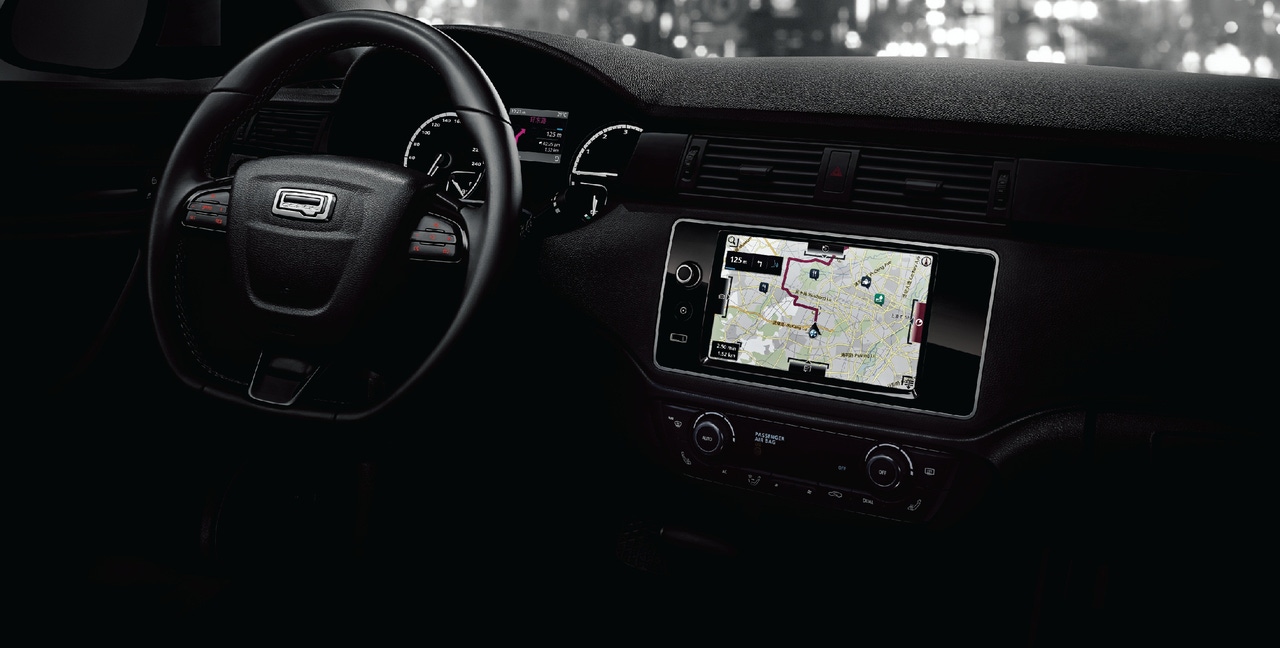Microsoft: Cloud to Outweigh Future Cars’ SheetmetalMicrosoft: Cloud to Outweigh Future Cars’ Sheetmetal
Microsoft’s Chris Pendleton says data stored in the cloud creates opportunities for the software giant’s partners and OEMs to deliver services that will help car owners and other customers operate more efficiently.
January 4, 2017

Unlike some of its big rivals in the technology sector, Microsoft is not planning to place a brand name on cars or trucks.
But it is preparing to cash in on the profound change in automotive technology that promises to open up as connected vehicles become more common and self-driving cars migrate from the realm of science fiction and onto the nation’s highways.
Dean Costakis, director of the Microsoft Technology Center in Southfield, MI, says the Redmond, WA-based company has more than 200 employees located at the suburban Detroit tech center and plans to add more.
“We anticipate getting more business in the future,” he says.
The optimism is based in part on Microsoft’s confidence it can use its Azure platform to deliver services such as mapping and searching that are linked to the cloud, the vast computer-based collection of data that is stored in remote servers to facilitate everyday activities from loading boxcars to arranging dates.
“Automotive is one of our biggest industries,” says Sanjay Ravi, Microsoft’s worldwide managing director-manufacturing, automotive and electronics. “But we don’t want to build our own car.”
Microsoft instead has its sights set on the billions of dollars of potential revenue flowing from data mining – extracting patterns and knowledge from any form of large-scale data or information processing, including artificial intelligence. The company envisions redistributing data-mining information for use in vehicles through new services that are under development or not even invented yet, Ravi says.
By 2020, 75% of all vehicles sold globally will have some form of connectivity, he says.
“The approach we have is rooted on driving the right level of partnerships with the OEMs,” Ravi explains. “All of us know that ‘Big Data’ is increasing. The challenge is, you can get drowned in the data,” he says, noting the amount of digitized data has grown 16 times since 2009 and will expand fourfold by 2020.
“It’s evolving into a massive opportunity,” Ravi says.
Chris Pendleton, the principal program manager for the Azure platform for utilizing data stored in the cloud, which Microsoft is touting for use in the automotive industry, says it also creates opportunities for Microsoft’s partners and for OEMs to deliver services that will help their customers operate more quickly and efficiently.
Besides individual automakers, Microsoft is relying on established partnerships with HERE, a Netherlands-based specialist in delivering location-based information, ESRI of Redlands, CA, a leading developer of 3-D images of specific sites, and TomTom, another Netherlands-based company focused on digital mapping.
OEMs and suppliers can utilize data from these developers to leverage large amounts of data to build their own innovative services.
Ultimately automakers will decide what services they want to make available in their vehicles and how to shape or design the specific interface, Pendleton says.
“We have some pretty bold ambitions. Your car is basically a moving sensor that collects an enormous amount of information,” he says, adding the partnerships can fine-tune services used for logistics, fleet management and traffic information.
“I look at traffic math problems. It has a number of constraints with infrastructure and it has a large number of variables,” Pendleton explains. “If I understand the variables, I can solve the math problem,” he says, noting the information also can be used to program so-called smart cities that interact with vehicles and even pedestrians.
Future service providers will be able to use cloud-based information to better direct their mobile fleets, Pendleton says. “I can redirect my fleet in the right places at the right time to optimize my revenue.”
Vehicle sensors will make it easier for manufacturers to track inventory and artificial intelligence can be adopted to help manage a company’s supply chain or retail network and enhance productivity, he says.
“What we’re trying to emphasize is an ecosystem approach. We want to make choice a possibility,” he says of Microsoft’s spectrum of cloud-integrated services.
Pieter Gillegot-Vergauwen, vice president-product management for TomTom, a mapping company heavily involved in the development of self-driving cars, says digital mapping is one of the keys to making self-driving cars feasible.
Partnering with Microsoft allows TomTom to incorporate its mapping software into the vehicle, Gillegot-Vergauwen says.
TomTom and Microsoft plan to collaborate on location-based services on the Azure platform, utilizing TomTom’s maps and traffic and navigation software. TomTom plans to integrate its services into Azure to make it possible for developers to build and manage enterprise, mobile, web and internet-of-things applications that feature location awareness.
“Making TomTom’s services available through the Microsoft Azure cloud platform will allow developers and our customers to make location a core part of their cloud-based applications,” says Peggy Johnson, executive vice president-business development at Microsoft. “Location is fast becoming a critical component of a broad range of applications and services.”
Teaming with Microsoft will bring TomTom’s technology to a much broader developer community on a platform they already are familiar with, TomTom CEO Harold Goddijn says in announcing the partnership with Microsoft.
About the Author
You May Also Like